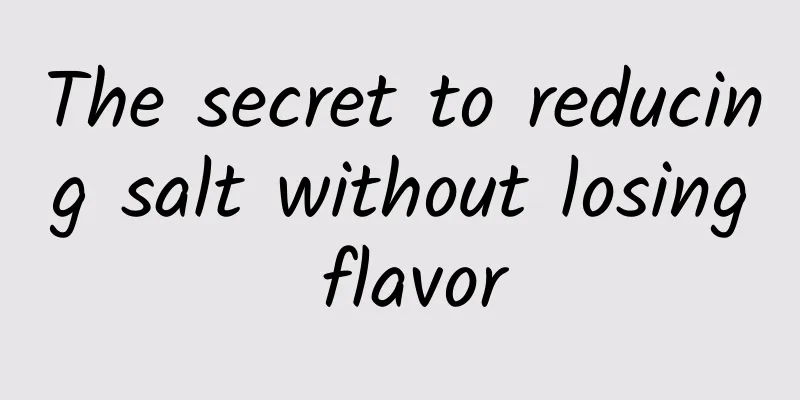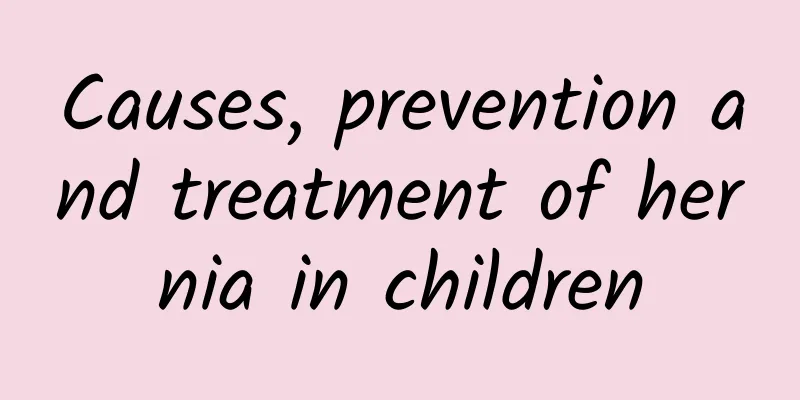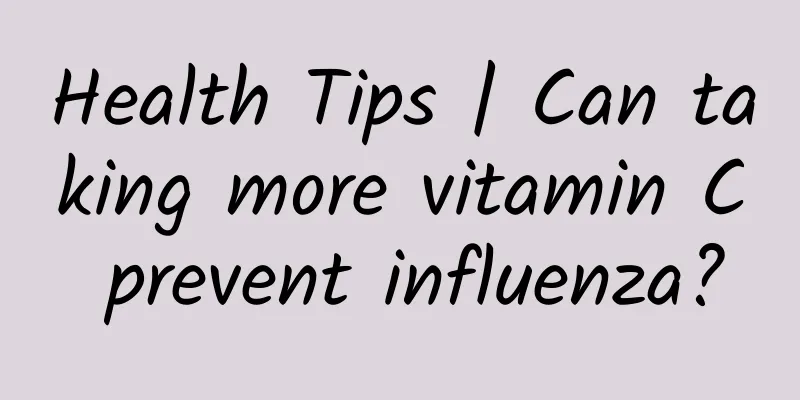The secret to reducing salt without losing flavor

|
The salt intake in the dietary habits of Chinese residents is generally high, and excessive salt intake will increase the risk of hypertension. The survey found that people who consume more than 12 grams of salt per day have an increased risk of developing high blood pressure by about 14%, and this risk also increases with the increase in salt intake. So where does the salt we eat come from? Many people may wonder why their salt intake exceeds the standard when they don’t usually use much salt when cooking? Today, let's first use a picture to talk about the main sources of our salt intake: In order to ensure the taste and flavor of food and ensure its shelf life, many food industries also add a lot of hidden salt. For example, the condiments we often eat, such as soy sauce, contain 17 grams of salt per 100 grams, and chicken essence contains 2 grams of salt per 15 grams. Snacks such as biscuits also contain 4 grams of salt per 100 grams, and the salt content of plums per 100 grams exceeds 18 grams! Here you can also evaluate the amount of salt you usually consume. Does it exceed 5 grams? Excessive intake of salt hidden in food will increase the burden on the kidneys, cause edema, and hair loss, and will also increase the incidence of cardiovascular and cerebrovascular diseases such as hypertension and cerebral infarction. How to reduce salt without reducing flavor? With the development of the current food industry, salt reduction actions are also being continuously promoted. Studies have found that reducing dietary salt (every reduction of 4.6 grams) can reduce systolic blood pressure by about 4.46 mmHg. If you want to effectively reduce salt without reducing the taste in your daily life, you can start with the most acceptable way and make changes step by step. Here I have listed several effective methods for you, you may want to try them. 1. Choose reduced-salt seasonings If you want to reduce salt intake sustainably in your daily life, the simplest and most effective way is to start with the seasonings you use most frequently. For example, reduced-salt soy sauce and low-sodium salt (low-sodium salt not only lowers blood pressure levels, but also improves blood vessel elasticity). These seasonings can reduce sodium content by about 30%, but the taste difference is not significant, and you can reduce sodium intake without realizing it. Please note that low sodium salt/soy sauce may contain high potassium and is not suitable for patients with renal insufficiency. 2. Make good use of fresh ingredients A large number of studies have shown that the natural umami flavor of food can greatly increase the sensitivity to salt. Making good use of natural ingredients rich in umami, such as mushrooms, celery, seaweed, coriander, onions and other vegetables with their own umami aroma, can effectively reduce the addition of salt. You can try making a bowl of soup without adding salt using these natural ingredients. It is also very delicious when paired with some natural spices (such as black pepper, garlic, white pepper, cumin). 3. Choose more low-sodium foods Learn to check the nutrition label on the back of the product and understand the total salt content of the product by calculating 1g salt = 400mg sodium. It is recommended to choose low-sodium products ≤120mg/100g, such as milk and dairy products, low-salt cheese, yogurt, plain rice crackers/nuts, and all kinds of fresh fruits and vegetables. Reducing salt intake starts with you and me. When cooking and buying food, we can keep our eyes open and observe our salt intake for the day. It is recommended to gradually reduce our salt intake to less than 5 grams (about the amount of a beer cap) in a step-by-step manner. This is also the recommended daily amount of salt for healthy use. Let’s eat together to be healthy! References: [1]Sun N, Jiang Y, Wang H, et al. Survey on sodium and potassium intake in patients with hypertension in China. J Clin Hypertens (Greenwich). 2021 Sep 25. Epub ahead of print. [2]Global, regional, and national comparative risk assessment of 79 behavioural, environmental and occupational, and metabolic risks or clusters of risks, 1990–2015: a systematic analysis for the Global Burden of Disease Study 2015. [3] Yu Dongmei, He Yuna, Fang Hongyun, et al. Salt intake of Chinese adults from 2010 to 2012[J]. Chinese Journal of Preventive Medicine, 2016, 50(3):217-220. [4]Group CSS S. Salt substitution: a low-cost strategy for blood pressure control among rural Chinese. A randomized, controlled trial[J]. Journal of Hypertension, 2007, 25(10): 2011-2018. Author: Xu Yeqing | Registered Dietitian Reviewer: Xu Shufang | Chief Physician of Clinical Nutrition Department |
>>: Can liver nodules become cancerous?
Recommend
Are there pink nipples?
Every girl needs to go through puberty. She has j...
The key to long life: the "super strong" immune system of super centenarians
The secret of longevity has always been a topic o...
What are the characteristics of uterine contractility?
If you ask me which factors may affect childbirth...
Hypertensive patients, please be careful! Beware of the "invisible killer" aortic dissection "coming uninvited"
Hypertension is a cardiovascular disease that we ...
Menstrual bleeding picture
Generally, dark and thick menstruation is mostly ...
Does Nuan Gong Yun Zi Capsule promote ovulation?
Some women do not pay attention to keeping warm i...
Don't take ovarian cysts lightly
The ovaries are important female reproductive org...
What causes acne in women’s vagina?
For women, it is very uncomfortable to have acne ...
What is the performance of fertilized egg implantation?
I believe everyone is familiar with fertilized eg...
Premonitions of female thyroid
Recently, some female friends have raised questio...
Can I use mugwort to soak my feet during menstruation?
You can soak your feet in mugwort during menstrua...
What do normal nipples look like?
Breasts are an important part of a woman's bo...
Does it hurt when a man inserts his penis into the uterus?
Sexual life is a common way for couples or lovers...
6 years of breast hyperplasia with nodules
Fibrocystic breast disease is a very common breas...









